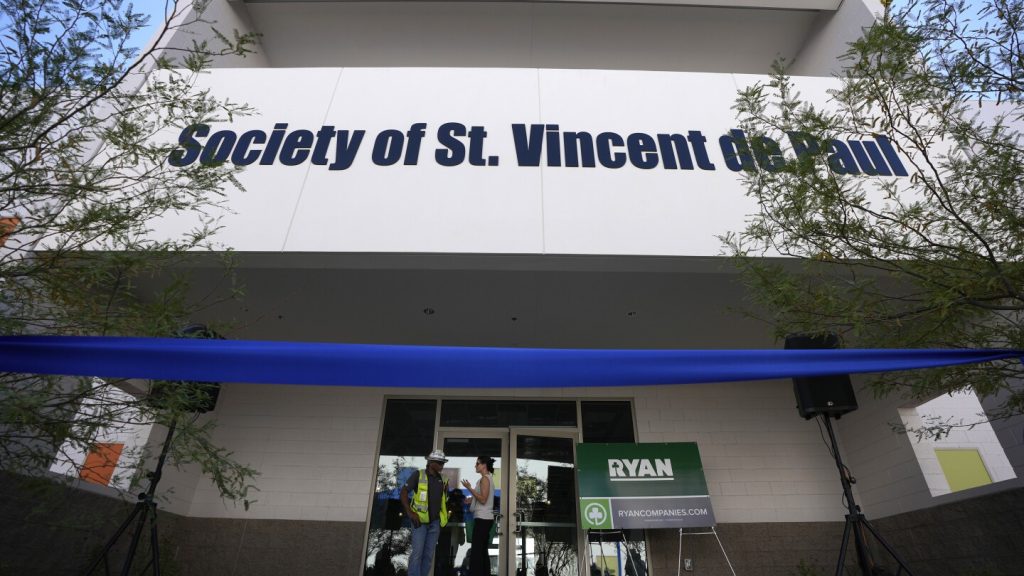This year, Phoenix has taken steps to protect vulnerable populations from extreme heat, such as opening overnight cooling spaces and extending hours at existing cooling centers. The high number of heat-related deaths in Maricopa County in 2023 led to a state of emergency being declared by Governor Katie Hobbs. With the county experiencing record growth and a housing crisis, homelessness increased, adding to the challenges of the hot temperatures. A new heat officer has been appointed in Arizona to oversee extreme heat preparedness, and efforts are being made to ensure that cooling centers are accessible and well-publicized.
Last year, the heat wave in Phoenix led to a significant number of heat-related deaths, with many of the victims being homeless individuals. This prompted officials to take action in order to provide better protection and resources for those most vulnerable to extreme heat. A court order forced the city to clear a large encampment known as “The Zone,” resulting in hundreds of people finding shelter or housing. Additional shelter beds have been added in metro Phoenix in recent years, including a new 100-bed shelter for older adults, military veterans, and disabled individuals. The hope is that fewer homeless individuals will suffer heat-related deaths this summer.
While Phoenix is known for its hot temperatures, other parts of Arizona experience even higher levels of heat. The state has seen record-breaking temperatures in communities like Lake Havasu City and Yuma County, where a farmworker died after collapsing in a field. In Pima County, which includes the city of Tucson, there were 176 heat-related deaths last year. The county’s chief medical examiner has made efforts to better track and categorize heat-related deaths, similar to the approach taken with fatal overdoses during the opioid crisis. By actively investigating and publicizing heat-related deaths, officials hope to prompt changes and prevent future tragedies.
The efforts to protect vulnerable populations from extreme heat in Arizona highlight the intersection of climate change, housing insecurity, and public health. As temperatures continue to rise, it is crucial for local and state governments to prioritize the well-being of their residents, especially those who are most at risk during heat waves. By increasing access to cooling centers, providing resources for homeless individuals, and implementing proactive measures to address extreme heat, communities can work towards building more resilient and sustainable systems that prioritize public health and safety.


